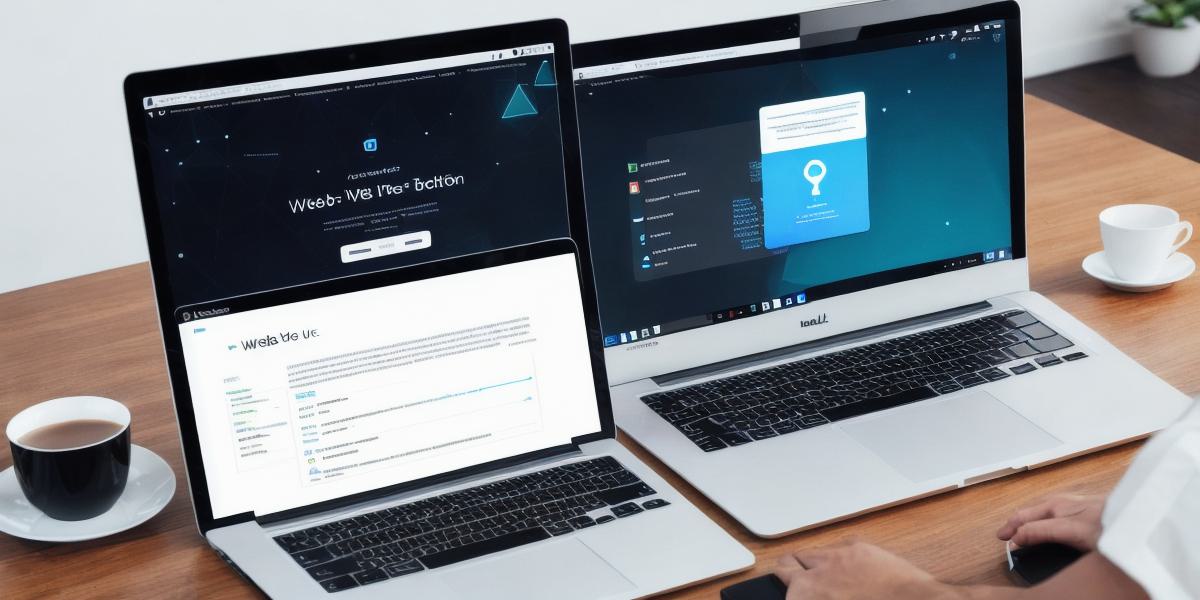Web3 technology is revolutionizing the way we interact with the internet and each other. It offers a decentralized, secure, and transparent platform for exchanging value, creating applications, and building communities. However, Web3 can be complex and challenging to use, especially for developers who are new to the technology. That’s where RPC comes in – a powerful tool that allows developers to interact with Web3 networks and access their data and functionality programmatically. In this comprehensive guide, we’ll explore everything you need to know about RPC, how it works, and how you can use it to build amazing Web3 applications.
What is RPC?

RPC stands for Remote Procedure Call. It is a protocol that allows client applications to call functions or methods on a remote server as if they were local. In the context of Web3, RPC enables developers to access and interact with decentralized networks, such as Ethereum, from their own applications. By using RPC, developers can build Web3 applications that can read and write data on decentralized networks, execute smart contracts, and even create new tokens.
The Benefits of Using RPC

There are several reasons why RPC is a popular choice for Web3 development:
- Decentralization: RPC enables developers to build applications that are completely decentralized and do not rely on any central authority or intermediary. This makes them more secure, transparent, and resistant to censorship.
- Scalability: RPC allows developers to build applications that can scale horizontally, meaning they can handle a large number of users without slowing down or crashing.
- Flexibility: RPC provides a high level of flexibility in terms of how you can interact with Web3 networks. Developers can use RPC to read and write data, execute smart contracts, and even create new tokens.
- Ease of use: RPC is relatively easy to use, especially for developers who are already familiar with programming languages such as JavaScript, Python, and Java.
Getting Started with RPC
To get started with RPC, you’ll need to choose a Web3 network that supports it. Ethereum is currently the most popular network for Web3 development, but there are also other networks such as Solana, Cosmos, and Binance Smart Chain that support RPC. Once you’ve chosen a network, you’ll need to install an RPC client library in your programming language of choice. There are libraries available for almost every language, including JavaScript (Web3.js), Python (eth-rpc), and Java (EthereumJ).
Once you have your RPC client library installed, you can start making requests to the network using RPC endpoints. These endpoints provide access to various functionalities of the network, such as sending transactions, reading account balances, and executing smart contracts. You can use a tool like Postman to test your RPC requests and make sure they are working correctly.
Building Web3 Applications with RPC
With RPC in hand, you’re now ready to build amazing Web3 applications. Here are some examples of what you can do:
- Create a decentralized marketplace: You can use RPC to build a decentralized marketplace that allows users to buy and sell goods and services directly with each other. The marketplace could be built on top of an Ethereum-based platform like OpenSea or Rarible, which support NFTs (Non-Fungible Tokens).
- Build a decentralized social media platform: You can use RPC to build a decentralized social media platform that allows users to share content and connect with each other without relying on a central authority. The platform could be built on top of an Ethereum-based platform like MakerDAO or Dfinity, which support smart contracts.
- Create a decentralized finance (DeFi) application: You can use RPC to build a DeFi application that allows users to lend and borrow assets directly with each other. The application could be built on top of an Ethereum-based platform like Compound or Uniswap, which support smart contracts.
FAQs
Q: What is the difference between RPC and Web3 APIs?
A: RPC enables developers to interact programmatically with decentralized networks, while Web3 APIs provide a higher-level interface for accessing decentralized data and functionality through a web browser or mobile app.
Q: How secure is RPC?
A: RPC is generally considered to be more secure than centralized APIs because it does not rely on any single point of failure. However, developers must still take steps to ensure the security of their RPC applications, such as using strong encryption and implementing access controls.
Q: Is RPC only for Web3 development?
A: No, RPC can be used for a variety of purposes beyond Web3 development, including interacting with centralized databases and web services.
Summary
RPC is a powerful tool that enables developers to unlock the full potential of Web3 technology. With RPC, developers can build decentralized applications that are secure, scalable, and flexible, and that offer users greater control over their data and interactions with each other. By following the steps outlined in this guide, you’ll be well on your way to building amazing Web3 applications that will change the world as we know it.
